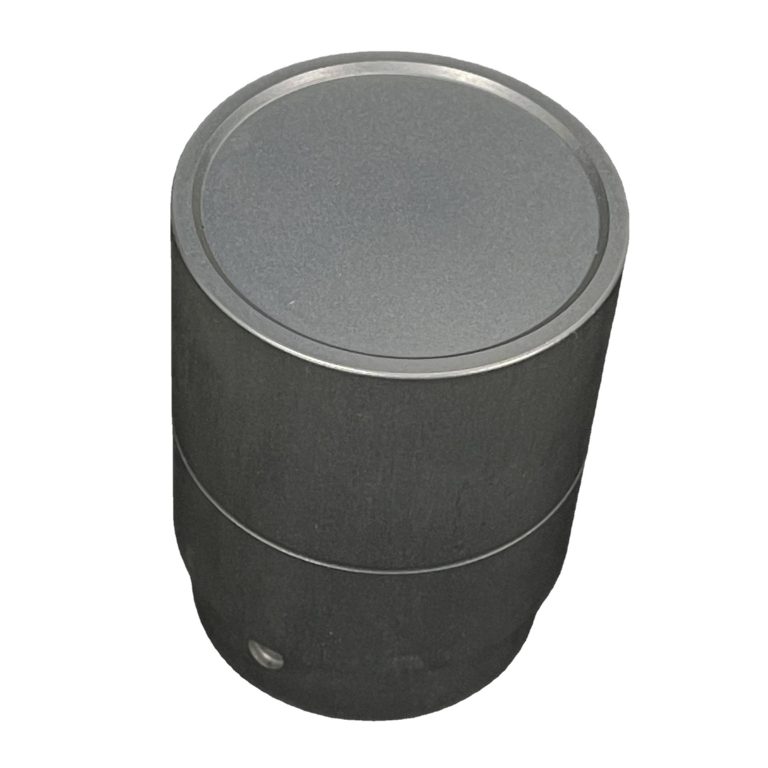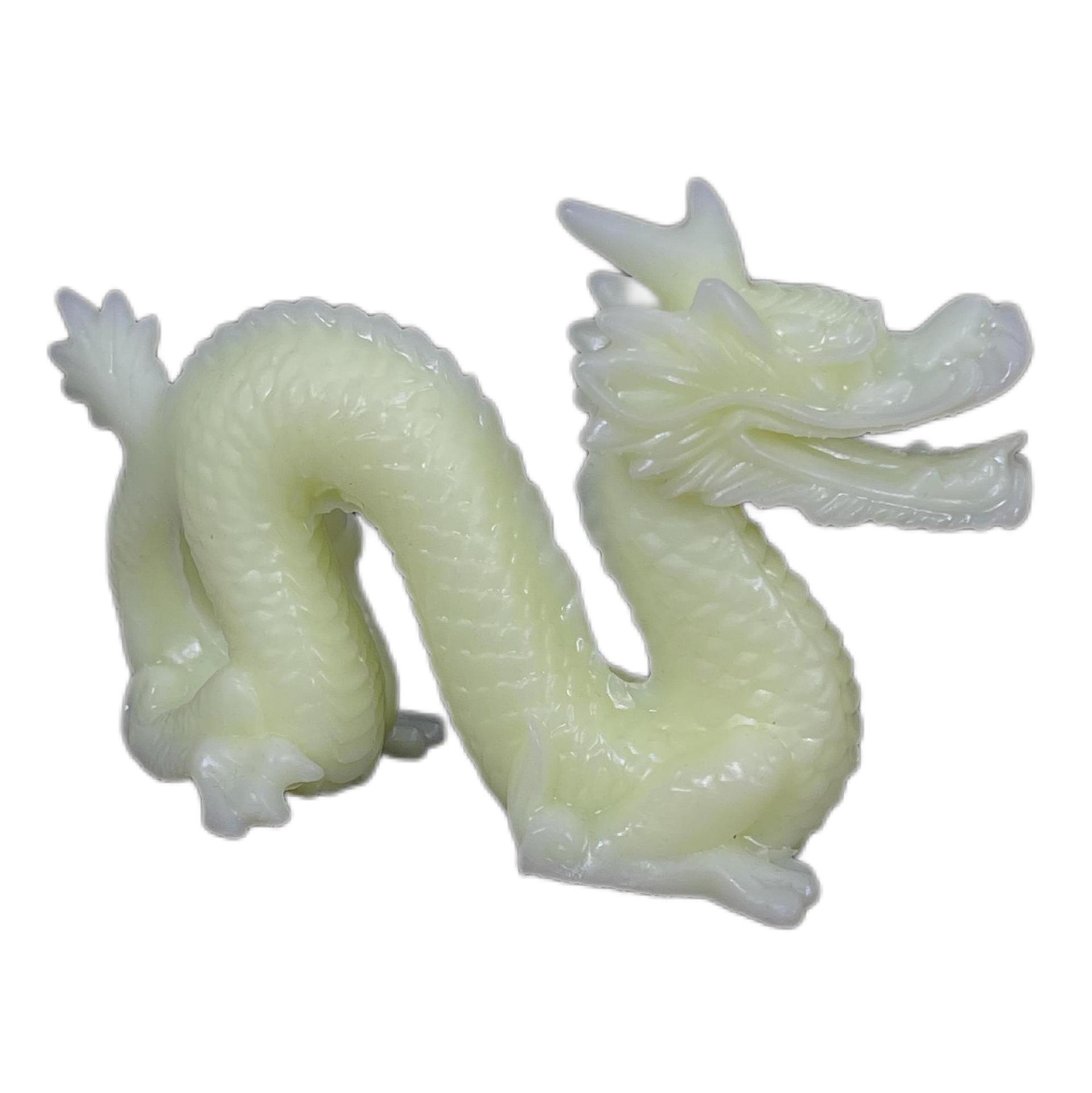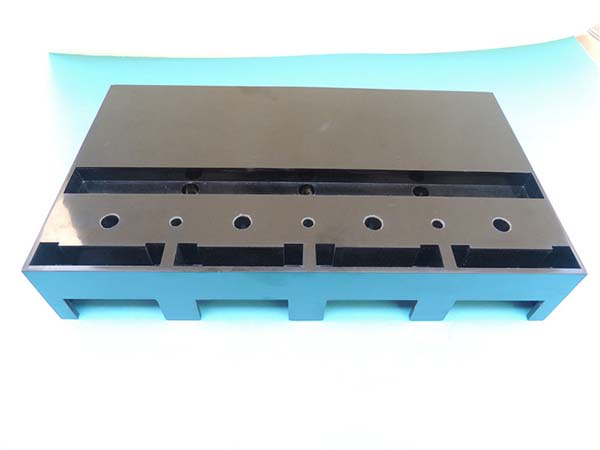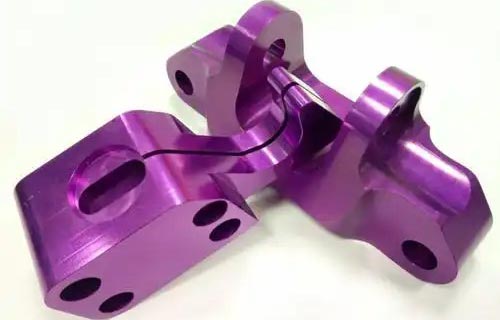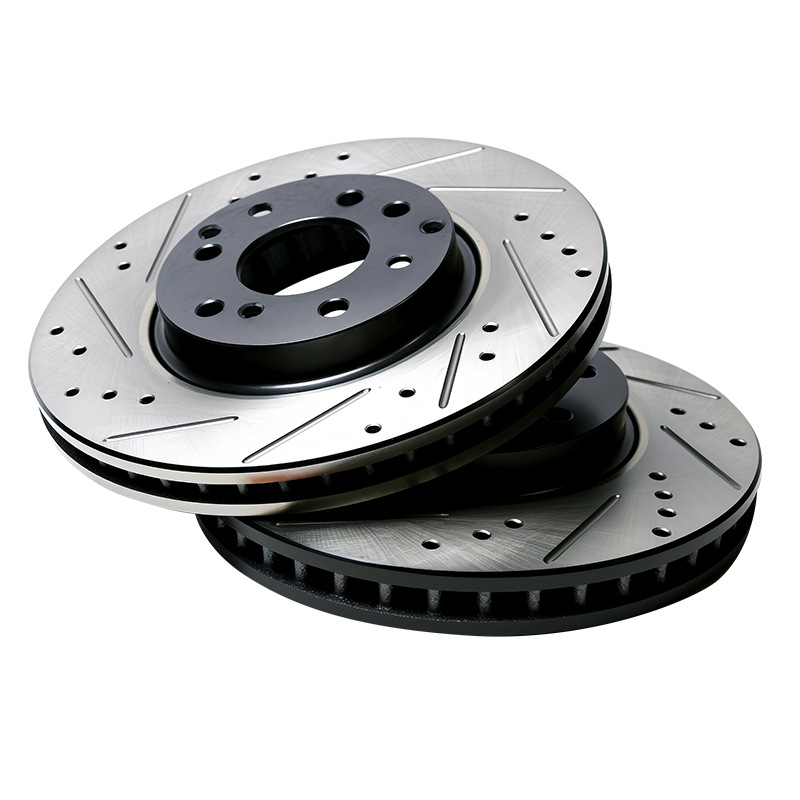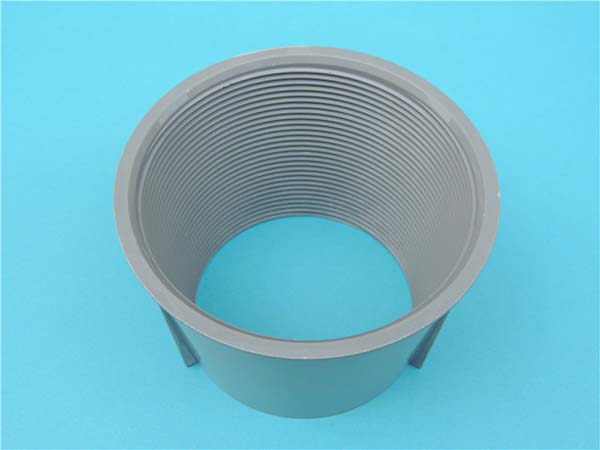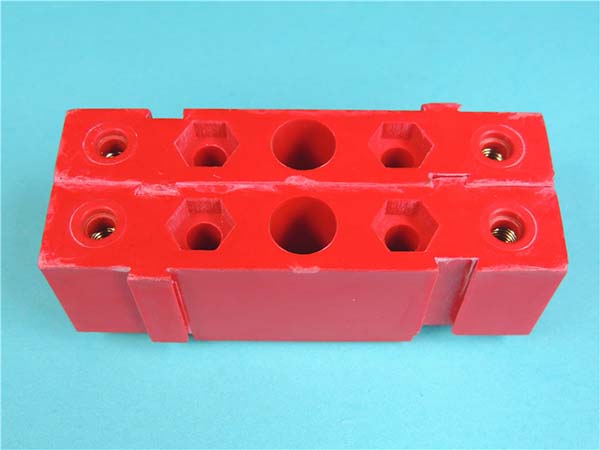Introduction
The Emergence of Medical 3D Printing
In recent years, medical 3D printing has emerged as a revolutionary technology in the healthcare field, capturing the attention of medical professionals, researchers, and patients alike. As an innovative application of additive manufacturing, 3D printing has transcended traditional manufacturing boundaries, enabling the creation of complex three - dimensional objects layer by layer from a digital model file. In the medical context, this technology has opened up new frontiers for personalized medicine, surgical planning, prosthetics, and tissue engineering.
The concept of 3D printing, also known as additive manufacturing, dates back to the 1980s, but its application in the medical field has seen exponential growth in the past decade. With the continuous advancement of imaging technologies such as CT (Computed Tomography) and MRI (Magnetic Resonance Imaging), it has become possible to obtain highly detailed and accurate 3D models of the human body's internal structures. These digital models serve as the blueprints for 3D - printed medical products, allowing for the production of customized medical devices and implants that precisely match a patient's unique anatomy.
Understanding Medical 3D Printing
How 3D Printing Translates to Medicine
In the medical field, 3D printing has found a multitude of applications, and the translation of 3D printing technology to medicine is enabled by a combination of advanced materials and specialized printing processes.
Materials Used in Medical 3D Printing
- Biocompatible Polymers: Polymers are widely used in medical 3D printing due to their versatility and biocompatibility. Polylactic acid (PLA) is a biodegradable polymer that is commonly used for printing non - implantable medical devices, such as surgical guides and orthopedic braces. It is derived from renewable resources, making it an environmentally friendly option. Polycaprolactone (PCL) is another biodegradable polymer with excellent biocompatibility and slow degradation rate, which makes it suitable for applications like tissue engineering scaffolds, where a long - term support structure is needed for cell growth and tissue regeneration.
- Metals: Metals are essential for applications that require high strength and durability, such as orthopedic implants. Titanium is a popular choice for 3D - printed metal implants because of its high strength - to - weight ratio, corrosion resistance, and biocompatibility. 3D printing allows for the creation of complex internal structures in metal implants, such as porous structures that can mimic the natural bone structure. This porosity can enhance bone ingrowth, improving the integration of the implant with the surrounding bone tissue. Other metals used in medical 3D printing include stainless steel and cobalt - chromium alloys, each with its own set of properties that make them suitable for specific medical applications.
- Ceramics: Ceramics are often used in bone - related applications due to their biocompatibility and similarity to natural bone minerals. Hydroxyapatite, for example, is a ceramic material that closely resembles the mineral component of human bone. It can be 3D - printed into scaffolds for bone tissue engineering or used as a coating on metal implants to promote bone growth. However, ceramics can be brittle, which poses challenges in 3D printing, and special techniques are often required to ensure successful printing and the desired mechanical properties.
- Biomaterials and Bioinks: In the emerging field of bioprinting, which aims to print living tissues and organs, biomaterials and bioinks are used. Bioinks are typically a combination of living cells, biopolymers, and growth factors. The cells can be sourced from the patient's own body (autologous cells) to reduce the risk of immune rejection. For example, adipose - derived stem cells can be incorporated into a bioink made of a hydrogel - based biopolymer, such as alginate or gelatin. These bioinks are then printed layer by layer to create 3D structures that can potentially develop into functional tissues over time.
Common Printing Processes in Medicine
- FDM for Custom Prosthetics and Orthotics: FDM is widely used in the production of custom prosthetics and orthotics. The process allows for the creation of lightweight and cost - effective devices that can be customized to fit the unique shape of a patient's body. For Yigu Technology example, a 3D - printed ankle - foot orthosis (AFO) can be designed based on a 3D scan of a patient's lower limb. The FDM printer can then print the AFO using a biocompatible filament, such as PLA or a specialized medical - grade thermoplastic. The printed AFO can provide better support and comfort compared to traditional off - the - shelf orthotics, as it conforms precisely to the patient's anatomy.
- SLA for High - Precision Surgical Models: SLA's high precision makes it ideal for creating surgical models. These models can be used by surgeons to better understand the complex anatomy of a patient before performing a surgical procedure. For Yigu Technology instance, in neurosurgery, an SLA - printed model of a patient's brain with a tumor can be created from the patient's MRI or CT scan data. The model can show the exact location and shape of the tumor, as well as the surrounding blood vessels and neural structures, allowing the surgeon to plan the surgical approach more accurately and reduce the risk of complications during the operation.
- SLS for Metal Implants: SLS is the go - to process for manufacturing metal implants. As mentioned earlier, it can create complex internal structures in metal implants, which is crucial for their long - term success in the body. A 3D - printed titanium hip implant, for example, can have a porous outer layer created by SLS. This porous layer can encourage the growth of new bone tissue into the implant, firmly anchoring it in place and reducing the risk of implant loosening over time. SLS also allows for the production of implants with complex geometries that are difficult to achieve using traditional manufacturing methods.
- Binder Jetting in Dental Applications: Binder jetting is a 3D printing process where a liquid binder is selectively deposited onto a bed of powder to form a solid object. In dental applications, it is used to create dental crowns, bridges, and orthodontic appliances. For example, a dental crown can be 3D - printed using a ceramic powder and a binder. The printed crown can then be sintered to increase its strength and durability. Binder jetting offers high - speed printing and the ability to produce multiple parts simultaneously, making it suitable for dental laboratories that need to produce a large number of dental restorations.
The following Yigu Technology table summarizes the different 3D printing technologies, their materials, and common medical applications:
| 3D Printing Technology | Materials Used | Common Medical Applications |
| Fused Deposition Modeling (FDM) | Biocompatible polymers like PLA, PCL, and medical - grade thermoplastics | Custom prosthetics, orthotics, surgical guides |
| Stereolithography (SLA) | Liquid photopolymer resins | High - precision surgical models, dental models, jewelry - like dental restorations |
| Selective Laser Sintering (SLS) | Metal powders (titanium, stainless steel, cobalt - chromium alloys), nylon | Metal implants, functional prototypes, end - use parts |
| Binder Jetting | Ceramic powders, metal powders, polymer powders | Dental crowns, bridges, orthodontic appliances, bone graft substitutes |
The Revolutionary Impact on Healthcare
Precision Medicine: Tailoring Treatments
Medical 3D printing is at the forefront of the precision medicine revolution, enabling the creation of highly customized medical products that are tailored to an individual patient's unique anatomy and physiological needs. One of the most significant applications of 3D printing in precision medicine is the production of personalized implants.
In orthopedics, for Yigu Technology example, traditional implants are often mass - produced in standard sizes. However, these off - the - shelf implants may not fit every patient perfectly, leading to issues such as implant loosening, poor bone integration, and limited range of motion. 3D - printed implants, on the other hand, can be designed based on a patient's CT or MRI scan data, ensuring a precise fit. A study published in the Journal of Orthopaedic Research found that 3D - printed titanium hip implants with customized porous structures had significantly better bone ingrowth compared to traditional implants. In the study, 80% of the patients with 3D - printed implants showed improved bone - implant integration within 6 months, while only 50% of those with traditional implants had similar results.
Another area where 3D - printed implants are making a difference is in cranial and maxillofacial surgery. These surgeries often require complex and highly customized implants to restore the patient's facial structure and function. 3D printing allows surgeons to create implants that precisely match the patient's skull or jaw anatomy, reducing the risk of complications and improving the aesthetic outcome. A case study in the International Journal of Oral and Maxillofacial Surgery reported a patient with a large cranial defect who received a 3D - printed implant. The implant was designed to fit the defect exactly, and after the surgery, the patient had a significant improvement in both form and function, with no signs of implant rejection or displacement over a 2 - year follow - up period.
Transforming Surgical Practices
The impact of 3D printing on surgical practices is profound, ranging from preoperative planning to the actual surgical procedure.
Surgical Models for Preoperative Planning
Surgical models created through 3D printing have become invaluable tools for surgeons. By printing a 1:1 scale model of a patient's anatomical structure, surgeons can gain a better understanding of the complex anatomy, especially in cases involving rare or complex pathologies. In neurosurgery, a 3D - printed model of a brain tumor can show the exact location of the tumor in relation to critical blood vessels and neural pathways. A research article in the Journal of Neurosurgery found that in a series of 50 complex brain tumor surgeries, the use of 3D - printed models led to a 30% reduction in the average surgical time. Surgeons were able to plan their approach more accurately, reducing the need for intraoperative adjustments and minimizing the risk of damage to healthy tissue.
In cardiothoracic surgery, 3D - printed models of the heart and lungs can help surgeons prepare for complex procedures such as heart valve replacements or lung resections. A study in the Annals of Thoracic Surgery showed that when surgeons used 3D - printed models for preoperative planning in coronary artery bypass grafting (CABG) surgeries, the success rate of the surgery increased from 85% to 92%. The models allowed surgeons to visualize the coronary artery anatomy more clearly, enabling them to plan the graft placement more precisely.
3D - Printed Surgical Instruments
Yigu Technology 3D printing also enables the production of customized surgical instruments. These instruments can be designed to fit the surgeon's hand and the specific requirements of a surgical procedure, improving the precision and efficiency of the surgery. For example, 3D - printed surgical retractors can be customized to the shape of the surgical site, providing better exposure without causing excessive tissue damage. A clinical trial in the field of laparoscopic surgery compared the use of 3D - printed retractors with traditional retractors. The results showed that the use of 3D - printed retractors reduced the rate of tissue trauma by 40%, as they were able to fit the surgical area more snugly and with less force.
Another example is 3D - printed drill guides in orthopedic surgery. These guides can be designed based on the patient's bone anatomy, ensuring accurate drilling and screw placement. A study in the Journal of Arthroplasty demonstrated that in total knee arthroplasty surgeries, the use of 3D - printed drill guides reduced the incidence of malpositioned screws from 15% to 5%, leading to better implant fixation and improved long - term outcomes for the patients.
Advancements in Prosthetics and Orthotics
The field of prosthetics and orthotics has been transformed by 3D printing, offering patients more comfortable, functional, and aesthetically pleasing solutions.
Custom - Fitted Prosthetics
For amputees, a well - fitting prosthetic is crucial for mobility and quality of life. Traditional prosthetics are often made using a plaster - casting method, which can be time - consuming and may not result in a perfect fit. 3D - printed prosthetics, on the other hand, can be created based on a 3D scan of the patient's residual limb. This allows for a more precise fit, reducing discomfort and improving the functionality of the prosthetic. A survey of amputees who received 3D - printed prosthetics found that 90% of them reported improved comfort compared to their previous prosthetics. The custom - fit 3D - printed prosthetics also reduced the incidence of skin irritation and pressure sores, which are common problems with ill - fitting prosthetics.
In addition to fit, 3D printing also allows for the creation of more complex and lightweight prosthetic designs. By using lattice structures and advanced materials, 3D - printed prosthetics can be made lighter without sacrificing strength. For example, a 3D - printed carbon - fiber - reinforced prosthetic socket can be up to 30% lighter than a traditional socket, making it easier for the amputee to wear and use the prosthetic for longer periods.
Enhanced Orthotics
Orthotics, such as braces and insoles, also benefit greatly from 3D printing. Custom - made orthotics can be printed to correct specific biomechanical issues in a patient's body. For instance, 3D - printed foot orthotics can be designed to address problems like flat feet, high arches, or overpronation. A study in the Journal of Foot and Ankle Research showed that patients who used 3D - printed foot orthotics for 3 months had a 50% reduction in foot pain compared to those using off - the - shelf orthotics. The custom - printed orthotics were able to provide better support and alignment, correcting the abnormal gait patterns and reducing the stress on the feet and ankles.
3D - printed spinal orthotics are another example. These orthotics can be customized to fit the patient's spinal curvature, providing better support and potentially slowing down the progression of spinal deformities such as scoliosis. A clinical trial on patients with mild to moderate scoliosis found that those using 3D - printed spinal orthotics had a smaller increase in the Cobb angle (a measure of spinal curvature) over a 1 - year period compared to those using traditional orthotics.
Real - World Success Stories
Case 1: Complex Surgery Made Possible
In 2019, a 3 - year - old boy named Lucas from Texas, USA, was diagnosed with a rare and complex congenital heart defect. Lucas had a condition known as hypoplastic left heart syndrome, which meant that the left side of his heart was underdeveloped and could not effectively pump blood. This condition is life - threatening, and traditional surgical methods often have limited success rates due to the complex anatomy involved.
The medical team at a leading children's hospital decided to use 3D printing technology to assist with the surgery. First, they obtained detailed CT scan data of Lucas's heart. Using advanced software, they converted this data into a 3D digital model. Then, they used a high - resolution 3D printer to create a 1:1 scale physical model of Lucas's heart, complete with all its abnormal structures.
The 3D - printed heart model became an invaluable tool for the surgical team. It allowed them to visualize the complex internal structures of Lucas's heart in a way that was not possible with just 2D imaging. They could study the exact location and size of the underdeveloped chambers, the narrow blood vessels, and the abnormal connections between different parts of the heart.
Based on their observations of the 3D - printed model, the surgeons were able to develop a highly customized surgical plan. They practiced the surgical procedures on the model multiple times, familiarizing themselves with the best approach to repair the heart defect. This pre - operative planning significantly reduced the risks associated with the surgery.
During the actual surgery, the surgeons referred to the 3D - printed model to guide their movements. The operation, which lasted for several hours, was a success. Lucas's heart function improved significantly after the surgery, and he was able to leave the hospital a few weeks later. Today, Lucas is leading a relatively normal life for a child his age, with regular check - ups to monitor his heart health.
This case demonstrates how 3D printing can transform the treatment of complex congenital heart defects. By providing a tangible model of the patient's heart, it enables surgeons to better understand the anatomy, plan the surgery more effectively, and ultimately improve the chances of a successful outcome.
Case 2: Transforming Lives with Custom Prosthetics
Meet Emily, a 28 - year - old woman who lost her right arm in a car accident five years ago. After the accident, Emily struggled to perform even the most basic daily tasks, such as dressing herself, eating, and writing. She was initially fitted with a traditional, off - the - shelf prosthetic arm, but it was uncomfortable, ill - fitting, and did not provide her with the dexterity she needed.
That all changed when Emily was introduced to 3D - printed prosthetics. A team of prosthetists used a 3D scanner to create a detailed digital model of Emily's residual limb. They then designed a custom - made prosthetic arm using CAD software, taking into account Emily's specific needs, lifestyle, and aesthetic preferences.
The 3D - printed prosthetic was made from a lightweight and durable biocompatible polymer. It featured a custom - designed socket that fit Emily's residual limb perfectly, reducing discomfort and pressure points. The prosthetic also had a modular design, allowing for easy replacement of parts and the addition of new features as needed.
One of the most remarkable aspects of Emily's 3D - printed prosthetic was its improved functionality. The prosthetists were able to integrate advanced sensors and actuators into the design, giving Emily more control over the movement of the prosthetic arm. For example, she could now open and close the prosthetic hand with a simple thought, thanks to electromyography (EMG) sensors that detected the electrical signals from her remaining arm muscles.
The impact of the 3D - printed prosthetic on Emily's life was profound. She was able to regain her independence and perform tasks that she thought were lost to her forever. She could now write, cook, and even play the guitar, a hobby she had abandoned after the accident. Emily also reported a significant improvement in her self - esteem and mental well - being. She no longer felt self - conscious about her prosthetic arm and was more confident in social situations.
Emily's case is just one example of how 3D - printed prosthetics are transforming the lives of amputees. By providing a customized and highly functional solution, 3D printing technology is enabling amputees to live more fulfilling and independent lives, bridging the gap between their physical limitations and their aspirations.
Conclusion
Yigu Technology Medical 3D printing has emerged as a powerful force in the healthcare industry, revolutionizing the way medical treatments are planned, executed, and personalized. From its humble beginnings as an experimental technology, it has grown to become an integral part of modern medicine, with applications spanning multiple disciplines.
The ability to create patient - specific implants, surgical models, prosthetics, and orthotics has significantly improved treatment outcomes and the quality of life for countless patients. The precision and customization offered by 3D printing have reduced the limitations associated with traditional one - size - fits - all medical products. In drug development, 3D printing has opened up new possibilities for creating complex drug release models and customized dosage forms, potentially leading to more effective and personalized drug therapies.
Real - world success stories, such as the cases of Lucas and Emily, demonstrate the tangible benefits of medical 3D printing. These examples serve as inspiration for further research and development in the field, as well as a testament to the potential of this technology to transform lives.
FAQ
1. What are the most common materials used in medical 3D printing?
The most common materials include biocompatible polymers like PLA and PCL, metals such as titanium, stainless steel, and cobalt - chromium alloys, ceramics like hydroxyapatite, and biomaterials/bioinks used in bioprinting. Each material has its own unique properties that make it suitable for specific medical applications. For example, polymers are often used for non - implantable devices, while metals are preferred for high - strength implants.
2. How does 3D printing improve the accuracy of surgical procedures?
3D printing improves surgical accuracy in multiple ways. It allows for the creation of highly detailed surgical models based on a patient's actual anatomy, enabling surgeons to better understand complex anatomical structures and plan their approach. Additionally, 3D - printed surgical instruments can be customized to fit the specific requirements of a surgical procedure, improving precision during the operation. For instance, 3D - printed drill guides in orthopedic surgery can ensure accurate screw placement.
3. Are 3D - printed medical devices more expensive than traditional ones?
The cost of 3D - printed medical devices can vary. In some cases, for highly customized products in small batches, 3D printing can be cost - effective as it eliminates the need for expensive molds and tooling associated with traditional manufacturing. However, the initial investment in 3D printing equipment and the cost of specialized materials can be high. Over time, as the technology matures and economies of scale are achieved, the cost of 3D - printed medical devices is expected to become more competitive with traditional ones.
